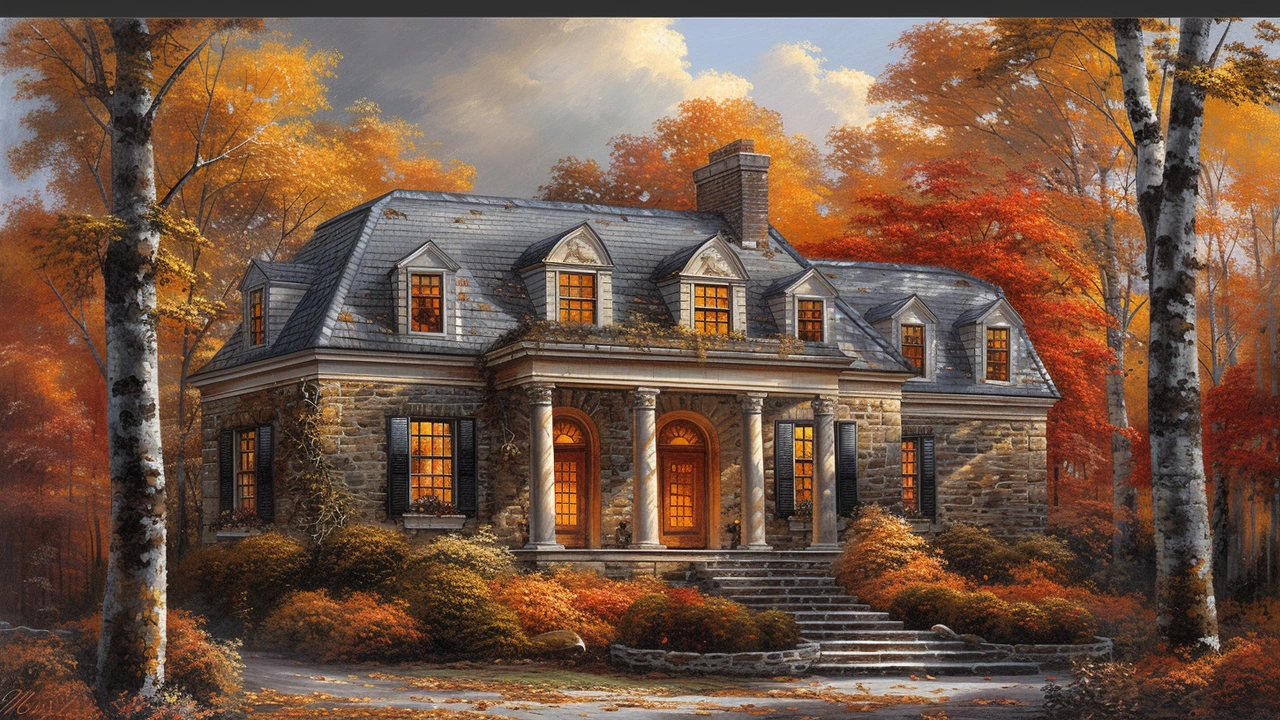Let me tell you, guys, Dutch Colonial Revival Architecture is like the Brad Pitt of the architectural world - always appealing, endlessly charming, and never going out of style! This architectural style, with its distinctive gambrel roofs and flared eaves, has been wooing us since the late 19th century (talk about long-lasting love!). Think about it, the style is a perfect blend of practicality and aesthetics, sort of like combining your favorite sneakers with a fancy tuxedo. You just can't help but admire the way these homes seem to warmly welcome you with open arms, or rather, wide porches! So, if you're into a classic style with a hint of the exotic, hop on the Dutch Colonial Revival Architecture bandwagon - it's a ride that never gets boring!
Endless appeal: timeless architecture you notice and remember
Some buildings grab you and never let go. That “stick-in-your-head” feeling comes from clear proportions, smart materials, and design choices that serve people—not just looks. On this tag page we collect styles and stories that keep returning to the spotlight: Greek Revival columns, Beaux‑Arts grand facades, Mid‑Century Modern lines, Neo‑Futurist curves, even the tech-forward glass of High‑Tech towers. Each post breaks down what makes a style last and how you can spot it fast.
Why certain styles have endless appeal
Durability matters. When a design balances beauty and function, it stays useful. Take Roman arches: they solve a real structural problem and look good doing it. Or Bauhaus simplicity—fewer parts, easier to use, easier to copy. Cultural meaning also helps. Styles tied to identity or civic pride—like Colonial or Renaissance—get preserved and celebrated. Finally, adaptability keeps a look alive. If details can be reinterpreted for new materials or layouts, they survive trends.
Look for recurring signals: symmetry and clear geometry (Georgian, Renaissance), bold ornament used sparingly (Beaux‑Arts, Baroque), honest materials like exposed brick or concrete (Constructivist, Industrial), and human-scale touches such as porches or tactile details (American Craftsman, Mediterranean Revival). These traits give buildings a sense of purpose and comfort.
How to use timeless ideas in your projects
Want that same lasting feel at home or in a small project? Start with proportion—get the basics right before adding style. Use one clear historic reference and update it with modern materials or colors: a Greek‑inspired portico with narrow modern columns, or a Mid‑Century layout with current lighting and insulation. Mix, don’t mash: pair a classic facade with contemporary windows or a Beaux‑Arts lobby with minimalist signage.
Practical tips: prioritize natural materials where possible, keep sightlines clean (avoid cluttered ornament), and pick a durable palette that ages well—stone, metal, and wood usually win. For DIY, focus on one standout element—a bold cornice, an arched window, or a tiled roof—and simplify the rest. That single detail will anchor the design and give the space personality without overdoing it.
If you like exploring examples, you’ll find deep dives here on Colonial stories, Greek and Renaissance roots, Beaux‑Arts influence on cities, Constructivist boldness, and modern movements like Neo‑Futurism and High‑Tech. Each post explains the why and the how in plain language, with tips you can use whether you’re a student, a designer, or just a curious city-walker.
Want practical inspiration? Scan the list of posts on this tag, pick one style that speaks to you, and try a small change based on its key feature. You’ll notice how the right detail can shift a whole room or street. That’s the real “endless appeal.”

